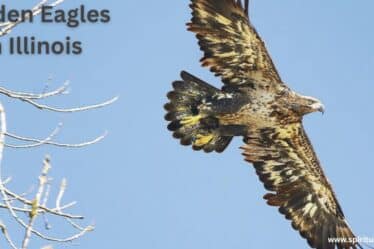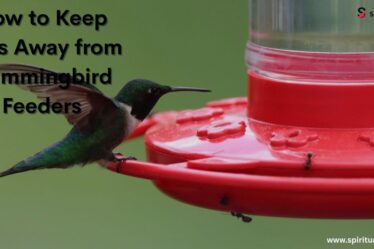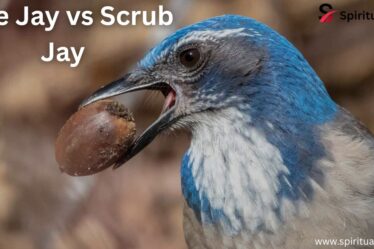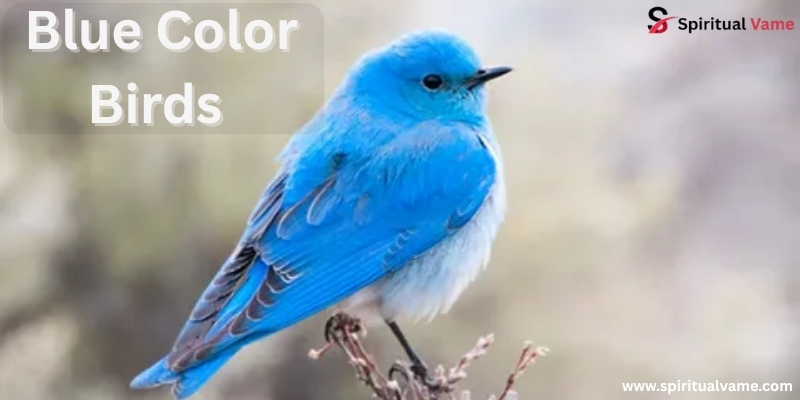
Blue colored birds are some of the most beautiful birds you can see in nature. Their bright blue feathers catch your eye and make them easy to spot. From backyards to forests, these birds live in many places across the USA. People love watching and photographing blue colored birds because they look so unique and colorful.
In this article, you’ll learn about many types of blue colored birds. We’ll look at where they live, what they eat, and what makes them special. Whether you’re new to birdwatching or just curious, this guide to blue
Blue Colored Birds
The allure of blue birds lies not just in their color but also in their diverse habitats and behaviors. The Eastern Bluebird (Sialia sialis), for instance, is a common sight in open woodlands and meadows across North America. Males boast vibrant blue plumage contrasted by a rusty red chest, while females display more subdued tones. These birds are cavity nesters, often utilizing artificial nest boxes, and their diet primarily consists of insects and berries.
Another striking species is the Indigo Bunting (Passerina cyanea), known for its deep blue coloration. These birds prefer brushy areas and woodland edges, where they feed on seeds and insects. Their song is a cheerful series of notes, often heard during the breeding season. The Mountain Bluebird (Sialia currucoides), with its sky-blue feathers, inhabits open areas in the western United States, feeding on insects and berries.
Now Trending
Blue birds continue to capture the imagination of bird enthusiasts and researchers alike. The Blue Jay (Cyanocitta cristata), with its striking blue and white plumage and loud calls, is a familiar presence in eastern North America. These intelligent birds are known for their complex social behaviors and mimicry skills. Similarly, the Steller’s Jay (Cyanocitta stelleri), found in western forests, displays a dark blue body with a black crest, often mimicking the calls of other birds.
The Lazuli Bunting (Passerina amoena), with its bright blue head and back, and orange breast, is a summer resident in western North America. These birds prefer open woodlands and brushy areas, feeding on seeds and insects. Their sweet, warbling song adds to their charm during the breeding season.
Blue Colored Birds- Great Blue Heron
The Great Blue Heron (Ardea herodias) is the largest heron in North America, standing up to 4.5 feet tall with a wingspan of around 6 feet. Despite its name, its plumage is more of a slate-gray with blue accents. These birds inhabit wetlands, marshes, and shorelines, where they hunt for fish, amphibians, and small mammals. Their slow, deliberate movements and striking appearance make them a favorite among birdwatchers.
During the breeding season, Great Blue Herons build large stick nests in trees near water bodies.Bird watchers often recognize them for their solitary hunting behavior, even though they frequently nest in colonies called heronries. They make deep, croaking calls that stand out and echo during flight or when something disturbs them.
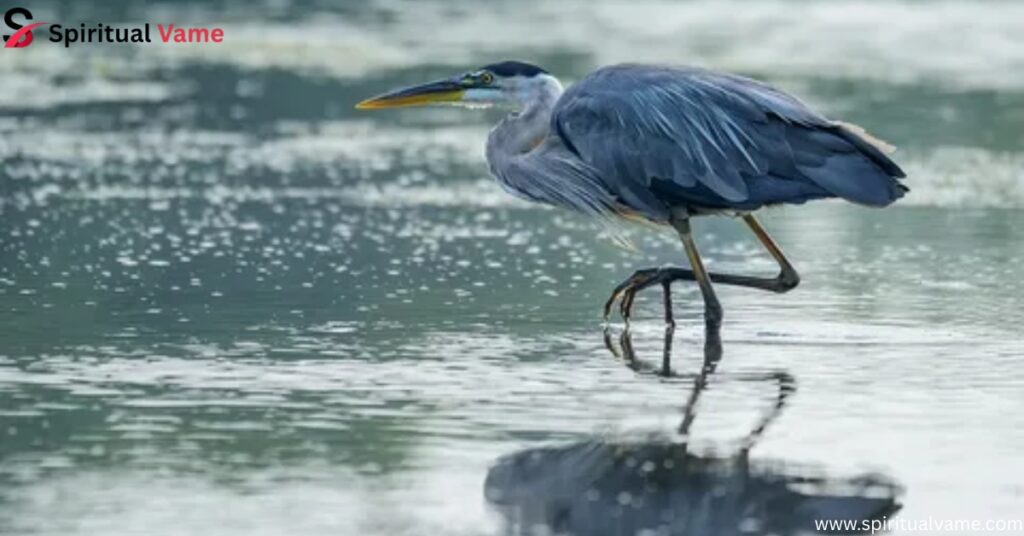
Blue Jay
The Blue Jay (Cyanocitta cristata) is a familiar and intelligent bird found throughout eastern and central North America. Its bright blue plumage, accented with white and black markings, makes it easily recognizable. Blue Jays show complex social behaviors, often forming tight family bonds and engaging in cooperative breeding.
These birds have a varied diet, consuming insects, nuts, seeds, and occasionally small vertebrates. They are also known to cache food for later consumption. Blue Jays are vocal birds, capable of mimicking the calls of hawks and other species, which they use to their advantage in various situations.
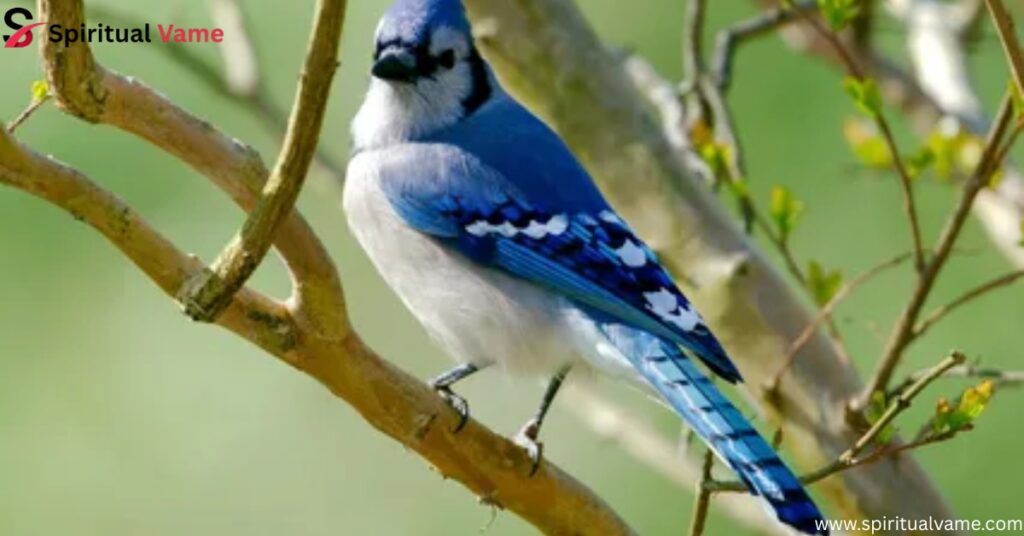
Eastern Bluebird
The Eastern Bluebird (Sialia sialis) is a small thrush with bright blue upperparts and a reddish-orange chest. They prefer open habitats like meadows, orchards, and suburban areas with scattered trees. These birds are cavity nesters, often utilizing nest boxes provided by humans.
Their diet consists mainly of insects and berries, making them beneficial for pest control in agricultural areas. Eastern Bluebirds are known for their gentle demeanor and melodious songs, which contribute to their popularity among bird enthusiasts.
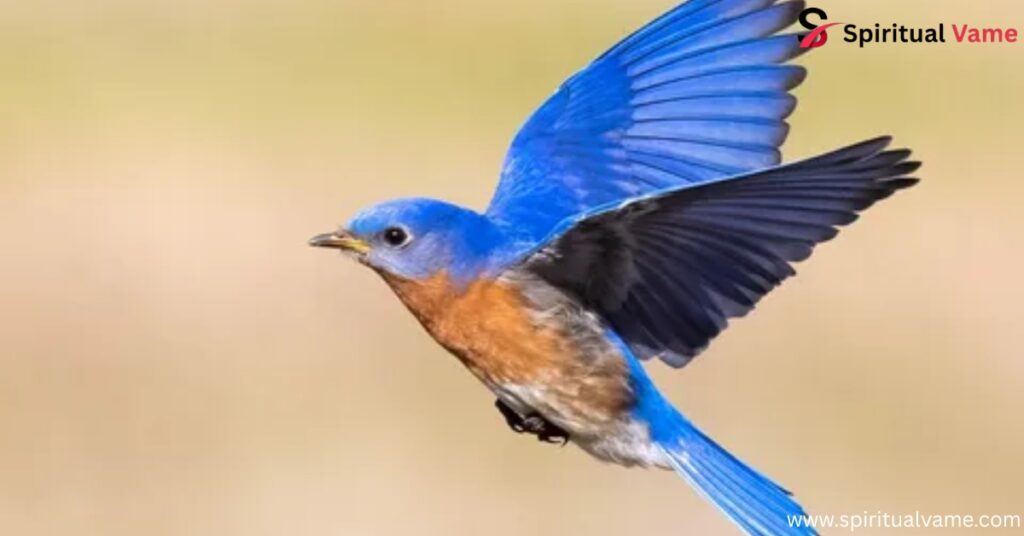
Lazuli Bunting
The Lazuli Bunting (Passerina amoena) is a small songbird with a vivid blue head and back, orange breast, and white belly. They inhabit open woodlands, brushy areas, and riparian zones in western North America. These birds feed on seeds, insects, and berries, often foraging in low vegetation.
Males sing sweet, warbling songs to establish territories and attract mates during the breeding season.. Lazuli Buntings are migratory, spending winters in Mexico and returning north in the spring to breed.

Steller’s Jay
The Steller’s Jay (Cyanocitta stelleri) is a striking bird with a dark blue body and black crest, found in coniferous forests of western North America. They are known for their bold behavior and loud, varied calls, often mimicking other birds and even artificial sounds.
Steller’s Jays have a diverse diet, including insects, seeds, nuts, and small animals. They are opportunistic feeders, frequently visiting campsites and picnic areas in search of food. These birds are monogamous, with pairs forming strong bonds and cooperating in raising their young.
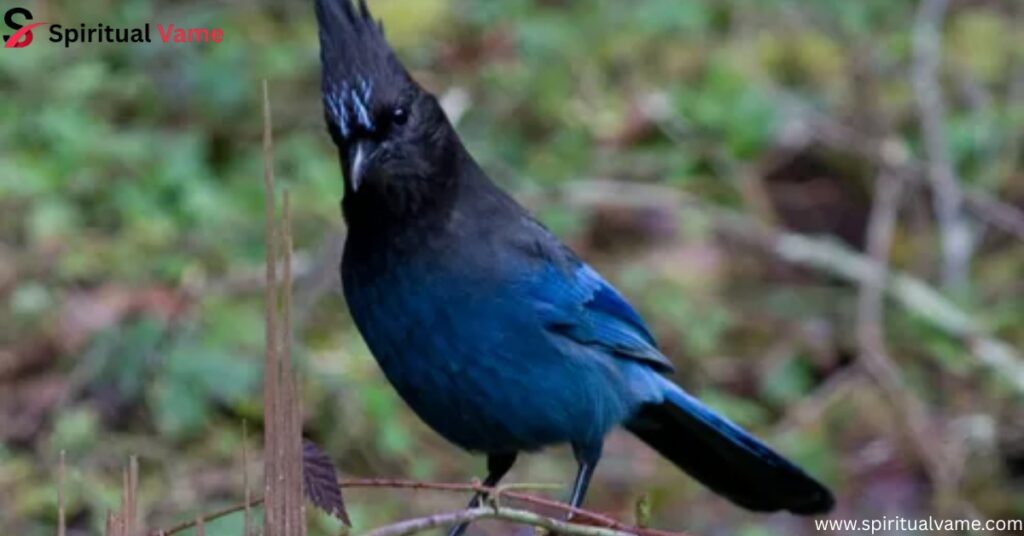
Mountain Bluebird
The Mountain Bluebird (Sialia currucoides) is known for its brilliant sky-blue plumage in males, while females display more subdued gray-blue tones. They inhabit open areas such as grasslands and meadows across western North America. These birds are insectivorous, often seen hovering above the ground before swooping down to catch prey.
Mountain Bluebirds are cavity nesters, utilizing natural tree holes or nest boxes. They are migratory, breeding in the northern parts of their range and wintering in the southern United States and Mexico. Their presence is often associated with healthy, open habitats.
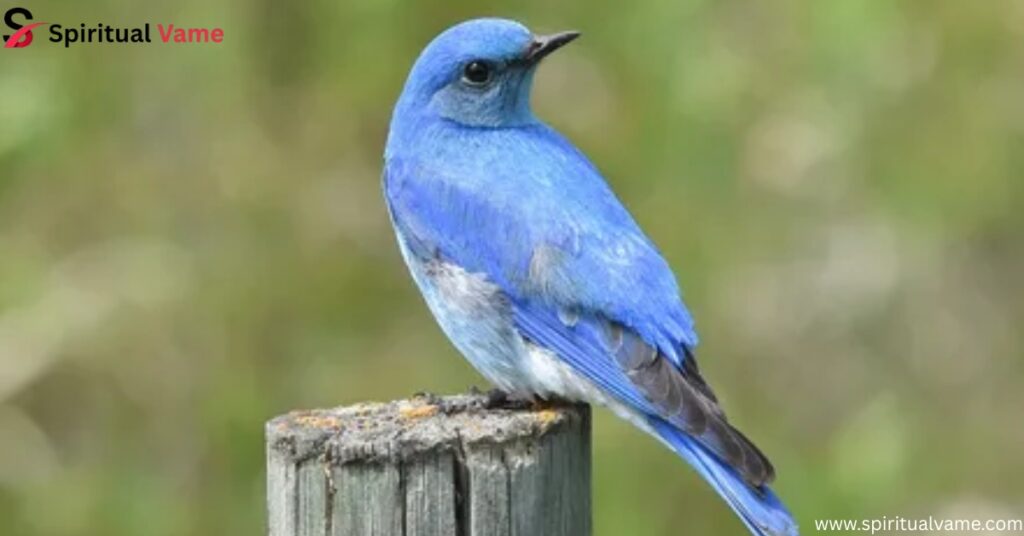
Indigo Bunting
The Indigo Bunting (Passerina cyanea) is a small songbird with males displaying vibrant blue plumage during the breeding season, while females are brown with subtle blue hints. They inhabit brushy areas, woodland edges, and fields across eastern North America. These birds feed on seeds, berries, and insects.
Indigo Buntings are known for their cheerful, musical songs, which males use to establish territories and attract mates. They are migratory, breeding in the United States and wintering in Central America and the Caribbean. Their striking appearance and melodious songs make them a favorite among birdwatchers.
Tree Swallow
The Tree Swallow (Tachycineta bicolor) is a sleek, agile bird with iridescent blue-green upperparts and white underparts. They are commonly found near water bodies, open fields, and wetlands across North America. These birds feed primarily on flying insects, catching them mid-air with impressive acrobatics.
Tree Swallows are cavity nesters, often utilizing nest boxes provided by humans. They are social birds, frequently nesting in colonies and displaying cooperative behaviors. Their presence is beneficial for controlling insect populations in various ecosystems.

California Scrub-Jay
The California Scrub-Jay (Aphelocoma californica) is a bold, intelligent bird with blue and gray plumage, found in oak woodlands and suburban areas of the western United States. They are known for their complex social behaviors and problem-solving abilities.
These birds have a varied diet, including insects, seeds, nuts, and small animals. They are also known to cache food for later use, demonstrating impressive memory skills. California Scrub-Jays are vocal birds, using a range of calls to communicate with each other.
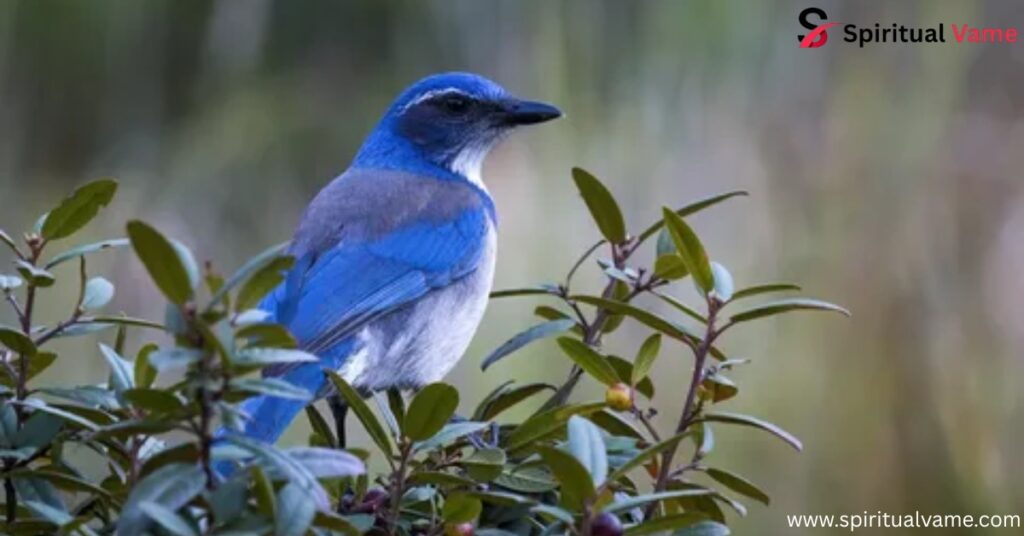
Belted Kingfisher
The Belted Kingfisher (Megaceryle alcyon) is a distinctive bird with a large head, shaggy crest, and blue-gray plumage, often seen perched near water bodies across North America. They feed primarily on fish, diving headfirst into the water to catch their prey.
These birds nest in burrows excavated into riverbanks or sandy banks, often near their feeding sites. Belted Kingfishers are solitary and territorial, using loud, rattling calls to defend their territories. Their presence indicates healthy aquatic ecosystems.
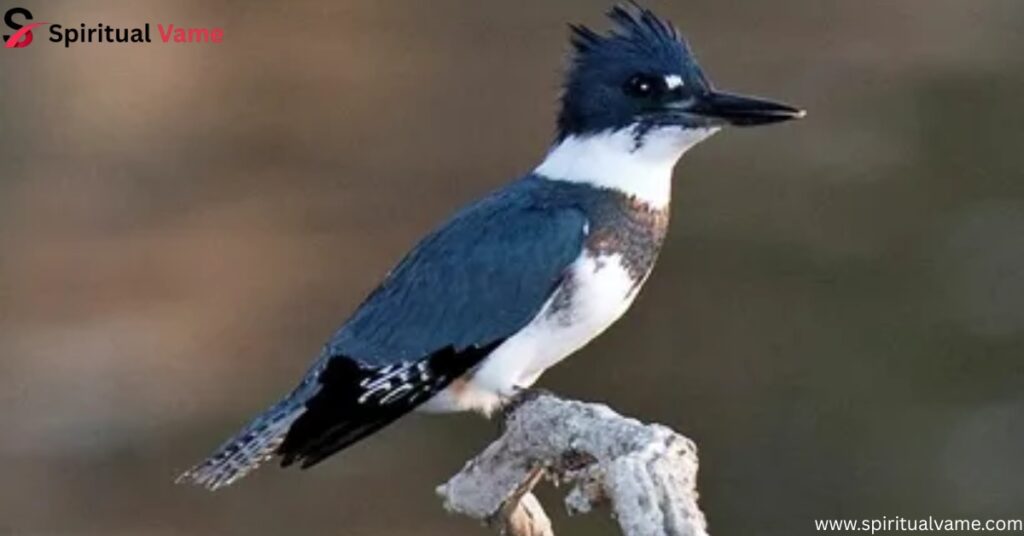
Blue Grosbeak
The Blue Grosbeak (Passerina caerulea) is a large bunting known for its deep blue feathers and thick, conical bill. Found mostly in the southern parts of North America during the breeding season, this bird prefers brushy fields, woodland edges, and scrublands. Males are a vibrant blue with chestnut wing bars, while females are a warm brown with hints of blue.
Blue Grosbeaks are primarily seed eaters but will also consume insects during breeding season to feed their young. Their song is a rich, musical warble, often heard during early morning and late afternoon hours. These birds migrate to Central America in the winter and are shy, often staying hidden in foliage, making observation a bit of a challenge for birdwatchers.
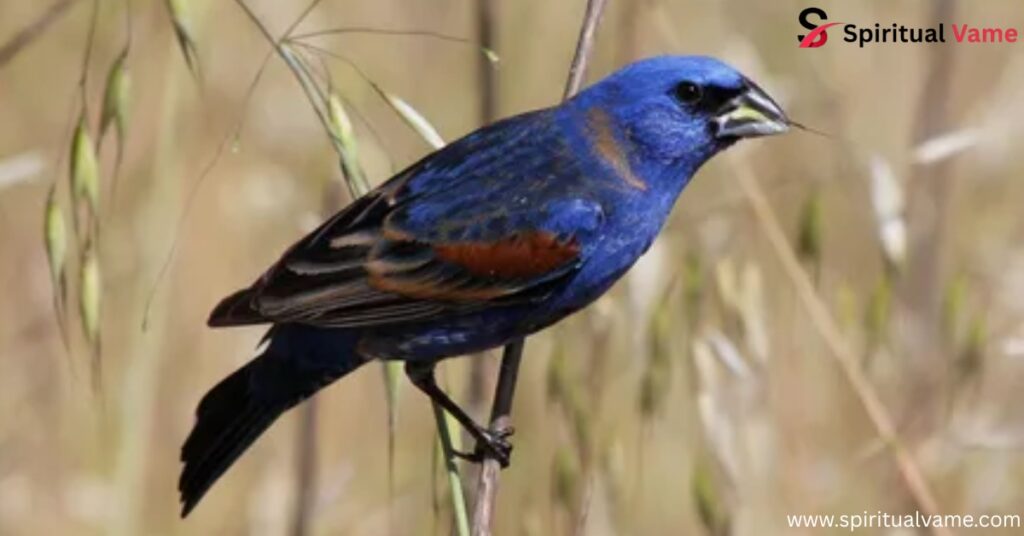
Other Blue Colored Birds Around the World
Beyond North America, blue birds can be found in a wide variety of ecosystems across the globe. The Hyacinth Macaw (Anodorhynchus hyacinthinus) is the largest flying parrot in the world and boasts a brilliant cobalt-blue coloration. Native to South America, it inhabits tropical forests and savannas. Despite its stunning beauty, this species is endangered due to habitat loss and the illegal pet trade.
In Asia, the Indian Ringneck Parakeet stands out with its sleek blue variant, especially popular in aviculture. Meanwhile, Europe is home to the Blue Tit (Cyanistes caeruleus), a small, agile songbird known for its blue crown and wings, and acrobatic movements as it forages.
Other remarkable species include the Blue Dacnis, Blue Cotinga, Blue-crowned Conure, and Azure Tit (Cyanistes cyanus), each contributing unique shades and behaviors to the blue bird spectrum. These birds thrive in a variety of habitats including tropical rainforests, mixed woodlands, and mountainous regions at elevations over 900 meters.
Conclusion
Blue colored birds are some of the most stunning creatures in the natural world. Their vibrant hues, created not by pigment but by microscopic feather structures, make them truly unique. From the familiar Eastern Bluebird and Blue Jay to the peculiar Hyacinth Macaw and Blue Dacnis, each species offers something special—whether it’s their dazzling appearance, melodic songs, or fascinating behaviors. These birds can be found in forests, fields, mountains, and backyards across the USA and beyond, bringing color and life wherever they go.

